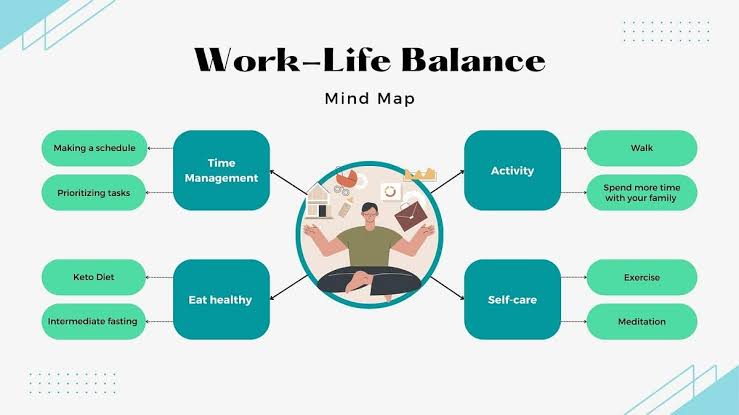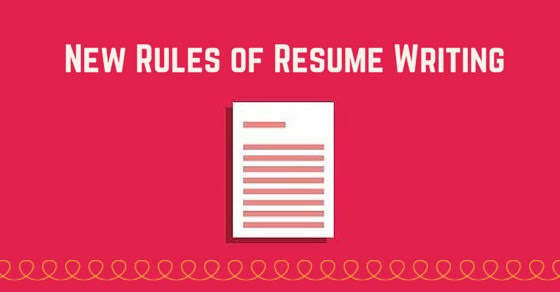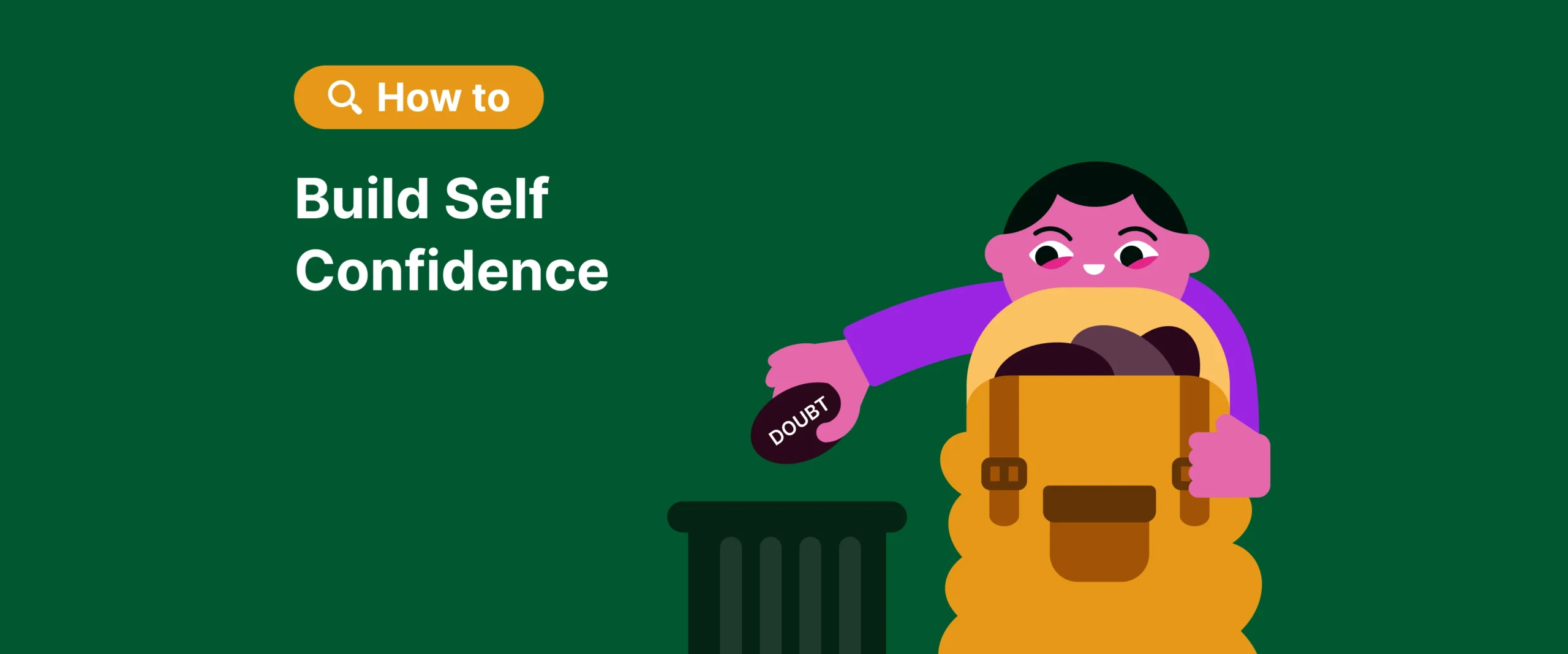Work-life balance has become a critical aspect of modern living, especially in today’s fast-paced and highly connected world. As work demands continue to grow—often spilling into personal time—it has become increasingly important to find ways to maintain harmony between professional obligations and personal well-being.
Understanding the Importance of Work-Life Balance
A healthy work-life balance leads to reduced stress, increased productivity, and better overall health. It allows individuals to be more present in their relationships and hobbies, while also staying effective and motivated at work. In 2025, more people than ever are actively seeking ways to improve this balance, especially in light of evolving hybrid work models and the increased prevalence of remote jobs.
Whether you’re a student, employee, freelancer, or entrepreneur, learning how to draw the line between your work and personal life is essential for long-term success and emotional well-being.
Set Clear Boundaries Between Work and Home
One of the most effective strategies for achieving balance is establishing and maintaining clear boundaries between work and personal life. This becomes especially important for remote workers who may find it difficult to switch off after hours.
Some simple ways to set boundaries include:
- Define your work hours and stick to them – Resist the urge to check emails or complete tasks outside those hours.
- Designate a dedicated workspace – Avoid working from your bed or kitchen table to prevent blurring the lines.
- Communicate your availability – Let coworkers and clients know when you are and aren’t available.
By respecting these boundaries yourself, you also encourage others to do the same. Over time, these habits train your mind to shift modes—from work to rest—more easily and effectively.
Prioritize Tasks Using the 80/20 Rule
The Pareto Principle, or the 80/20 Rule, states that 80% of results come from 20% of your efforts. Applying this to your daily work routine can help you focus on what truly matters.
Begin each day by identifying the most impactful tasks and tackling those first. Consider using a priority matrix or to-do list with clear deadlines to avoid wasting time on low-value activities. By focusing on quality over quantity, you accomplish more in less time—leaving room for rest and recreation.
In 2025, digital tools like Notion, ClickUp, and Todoist make it easier than ever to track priorities, set reminders, and visualize progress. These tools can be especially helpful for remote workers or freelancers managing multiple clients or projects.
Learn to Say No Without Guilt
Overcommitting is a common reason why many people lose their work-life balance. Whether it’s volunteering for extra tasks at work or accepting invitations to social events when you’re mentally exhausted, learning to say no is a vital skill.
Saying no doesn’t mean being unhelpful—it means being realistic about your time and energy. Consider these tips:
- Be honest but respectful: “I’d love to help, but my schedule is full.”
- Offer alternatives: “Can we revisit this next week?”
- Set limits: “I can assist, but only for 30 minutes.”
Building the confidence to say no empowers you to protect your time and focus on what truly matters—both professionally and personally.
Make Time for Self-Care and Hobbies
Balance isn’t just about minimizing work hours—it’s also about maximizing personal fulfillment. Engaging in activities that bring joy, relaxation, and creativity is essential for emotional well-being.
Some examples of self-care and hobbies include:
- Exercising regularly, even if it’s a short daily walk
- Cooking or baking new recipes
- Reading, journaling, or meditating
- Practicing art, music, or dance
- Spending quality time with loved ones
In 2025, many mental health experts emphasize that self-care should be proactive, not just a reaction to stress. By building these activities into your routine, you recharge your mental and physical energy—making you more productive and focused during work hours.
Embrace Flexibility and Let Go of Perfection
Trying to maintain a perfect routine every day can lead to disappointment and burnout. Life is unpredictable, and one of the most important skills in achieving balance is the ability to adapt.
Some days, work will take up more time than usual. Other days, personal responsibilities may come first. The key is to be flexible and forgiving with yourself. Instead of chasing perfection, aim for consistency and progress.
Letting go of perfection also means accepting that not everything will get done. Use techniques like time-blocking and weekly planning to make room for the essentials while staying adaptable when things shift unexpectedly.
Use Technology Wisely
Technology can either be a powerful ally or a source of constant distraction. In the digital age, striking the right balance involves using tech in ways that support—not sabotage—your daily life.
Here are some practical steps:
- Use focus apps like Forest or Pomodoro timers to stay on task.
- Set app limits on social media and gaming to reduce digital clutter.
- Schedule “tech-free” hours in the evening to wind down.
- Sync your calendars to coordinate work, family, and leisure efficiently.
In 2025, smart tech and AI assistants can help automate routine tasks like scheduling, bill payments, or grocery orders, giving you more time for meaningful activities. By embracing the right tools, you can free up mental space and energy for what matters most.
Practice Mindfulness and Stress Management
Daily mindfulness can transform the way you approach stress and responsibility. Instead of reacting impulsively to pressure, mindfulness helps you respond calmly and intentionally.
Incorporating short practices such as deep breathing, mindful walking, or gratitude journaling can make a big difference. Even five minutes of intentional stillness in the morning can set the tone for the entire day.
As of 2025, workplace wellness programs increasingly integrate mindfulness training, and mobile apps like Headspace, Calm, and Insight Timer are more popular than ever. These tools allow users to build mental clarity, reduce anxiety, and improve sleep—key components of a balanced lifestyle.
Delegate, Automate, and Outsource When Possible
Trying to do everything yourself is a fast track to burnout. Whether at work or home, learning to delegate responsibilities is essential to maintaining a sustainable pace.
Here’s how to apply this:
- Delegate at work – Hand off tasks that others can do just as well, especially if you’re in a leadership role.
- Automate routines – Use technology to automate tasks like reminders, bill payments, and reports.
- Outsource personal tasks – Consider hiring help for cleaning, meal prep, or errands if your budget allows.
Remember, buying back your time—even in small ways—can make a huge impact on your overall balance.
Conclusion
Achieving work-life balance doesn’t require a complete lifestyle overhaul. Instead, it’s about making conscious, consistent choices that prioritize well-being alongside productivity. By setting boundaries, using time wisely, embracing flexibility, and nurturing your mental and emotional health, you can create a life where work and personal fulfillment coexist peacefully.
In 2025 and beyond, the ability to maintain this balance will not only lead to better health and happiness but also greater resilience in a world that continues to change rapidly. Start with small steps, stick to your values, and remember: a balanced life is a better life.



